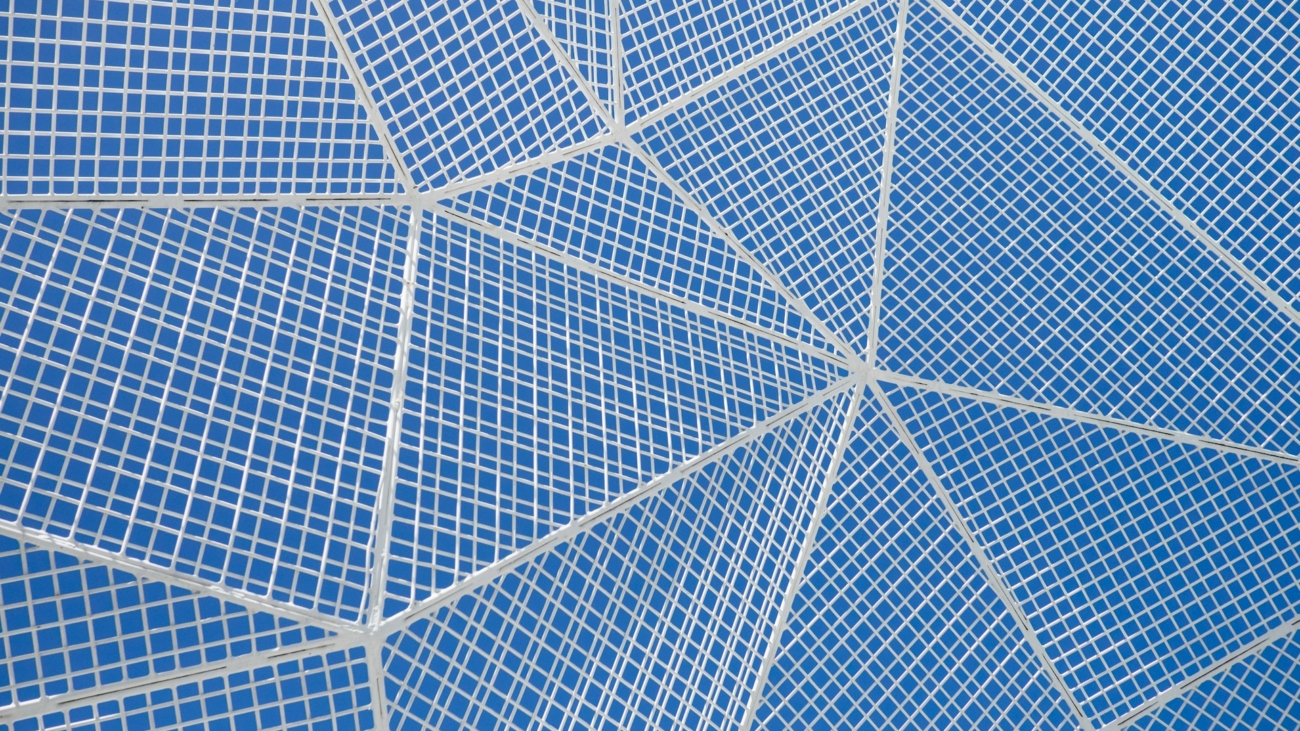In the quest for sustainable energy solutions, India is exploring innovative approaches that blend functionality with aesthetic appeal. One such promising innovation is the concept of “solar trees.” These structures, designed to mimic the shape of trees, integrate solar panels to harness sunlight, providing renewable energy while enhancing the visual appeal of urban landscapes. This article explores the potential of solar trees in transforming India’s urban energy landscape.
The Concept of Solar Trees
Solar trees are a unique integration of solar photovoltaic technology with artistic design. Unlike conventional solar panels that are typically installed on rooftops or in large open spaces, solar trees are designed to occupy minimal ground space, making them ideal for urban environments where space is often at a premium. These structures consist of a central pole with branches that support multiple solar panels, resembling the canopy of a tree.
Benefits of Solar Trees in Urban India
- Space Efficiency: In densely populated cities, finding space for large solar installations can be challenging. Solar trees require significantly less land compared to traditional solar farms, making them an excellent solution for urban areas.
- Aesthetic Appeal: Solar trees add a unique visual element to the cityscape. Their design can be customized to blend with the surroundings, making them a visually appealing addition to parks, public spaces, and city squares.
- Renewable Energy Generation: By harnessing sunlight, solar trees generate clean, renewable energy, reducing dependence on fossil fuels and contributing to a reduction in greenhouse gas emissions.
- Public Awareness and Education: Installing solar trees in prominent locations can raise public awareness about renewable energy and sustainability. They serve as educational tools, demonstrating the practical applications of solar technology.
- Enhanced Urban Greenery: Solar trees can be integrated into urban landscaping projects, providing shade and reducing the urban heat island effect. This enhances the quality of life in cities by creating cooler and more comfortable public spaces.
Real-World Applications in India
Several cities in India have already begun to embrace the concept of solar trees:
- New Delhi: The capital city has installed solar trees in various public parks and government buildings, showcasing the government’s commitment to renewable energy and sustainability.
- Bengaluru: Known as the Silicon Valley of India, Bengaluru has integrated solar trees in its tech parks and campuses, providing renewable energy to power IT infrastructure while enhancing the aesthetics of the surroundings.
- Kolkata: The city has implemented solar trees in public spaces, contributing to its renewable energy targets and providing clean energy for street lighting and public amenities.
Technological Innovations and Future Prospects
The development of solar trees is driven by continuous technological innovations:
- High-Efficiency Solar Panels: Advances in solar panel technology have led to the development of high-efficiency panels that can generate more electricity from the same amount of sunlight, making solar trees even more effective.
- Smart Integration: Solar trees can be equipped with smart technologies, such as sensors and IoT devices, to optimize energy production and usage. They can also provide additional functionalities like Wi-Fi hotspots, charging stations for electric vehicles, and public information displays.
- Scalability and Customization: Solar trees can be scaled to different sizes and designs to suit various urban environments. Customization options allow cities to create unique installations that reflect their cultural and architectural heritage.
Challenges and Solutions
While the concept of solar trees is promising, several challenges need to be addressed:
- Initial Costs: The installation of solar trees involves higher initial costs compared to conventional solar panels. However, the long-term benefits and energy savings can offset these costs. Government subsidies and incentives for renewable energy projects can also help mitigate the financial burden.
- Maintenance: Ensuring the longevity and efficiency of solar trees requires regular maintenance. Developing robust maintenance protocols and training personnel can address this challenge.
- Public Acceptance: Gaining public acceptance for new technologies can be challenging. Engaging communities and educating them about the benefits of solar trees can foster acceptance and support for such projects.
Conclusion
Solar trees represent a harmonious blend of technology and nature, offering a sustainable energy solution that is both functional and visually appealing. For a country like India, with its growing urban population and increasing energy demands, solar trees provide a viable and innovative approach to harnessing renewable energy. By integrating these structures into urban landscapes, India can take a significant step towards achieving its renewable energy goals, enhancing urban environments, and promoting sustainability. The future of urban energy lies in such creative and sustainable innovations, and solar trees are a shining example of this potential.

